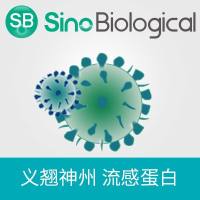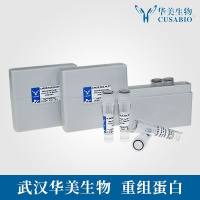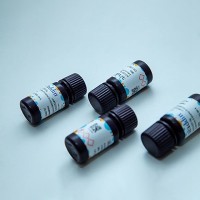The human liver is a vital organ within the body and plays a major role in normal homeostasis. The “work horse” of the liver, termed the “hepatocyte,” is estimated to make up approximately 70–80% of the liver’s mass. Therefore, the study of hepatocyte biology has an important role to play in medicine and the drug discovery process. At present the routine use of human primary hepatocytes is limited due to poor supply and their loss of function upon isolation. Therefore, additional and renewable sources of hepatocytes are being sought. Rodent hepatocytes have been utilised for many years, and although informative, they possess significant limitations and do not accurately extrapolate to human liver. To overcome the issue of cell viability, several groups have tried to generate immortalised hepatocytes; however, the derivative cells exhibit dramatic decreases in function and karyotypic instability over prolonged culture. It has therefore been necessary to find an alternative source of hepatocytes and efficient methods for deriving hepatic endoderm from stem cells in vitro. We have employed human embryonic stem cells (hESCs) and induced pluripotent stem cells (iPSCs) to derive human hepatic endoderm (HE). hESCs and iPSCs represent scalable and highly efficient resources with which to generate human HE in vitro, and hESC-derived HE will be the focus of this chapter.






